Half-Life 2’s Water Hazard is a slower paced, more scenic chapter that pivots away from the ‘Shooter’ part of First-Person Shooter by sticking you in an airboat. Because it’s such a lengthy chapter that abandons the tried-and-true FPS gameplay, it’s often disregarded as a boring slog by fans. But that misses the entire point, and 20 years on since the game’s original release, I’m here to defend this misunderstood gem.
The game’s second chapter, Red Letter Day, sees us enter Dr. Kleiner’s lab after escaping an apartment raid and being ambushed by a group of Metrocops. It’s here that we learn what our friends from Black Mesa have been up to since the Resonance Cascade — they’re still trying to get a teleporter to work. But where in the last game it was to try and beat Aperture Science to a government grant, here it’s for survival.
Water Hazard Shows The Dangers Of Fleeing City 17
City 17 is the centrepoint of an oppressive, fascist regime so cruel it even refuses to let the few survivors of humanity breed. One final generation is forced to watch as the Combine drains their home of its natural resources, leaving a barren husk of their world behind. Rebellion is futile when there’s scant left to take back, but hope clings on, and citizens are helped to escape the city through a network of rebel outposts placed along the rivers and canals.
It’s a dangerous route, however. Combine APCs, helicopters, Metrocop stings… anything could go wrong. We find corpses littered throughout Water Hazard pointing to failed escapees, some fresh, some rotting away in dank, decrepit hiding places. Some so old they’ve turned skeletal. The desperation has been left to fester as a warning sign to would-be runaways, but Dr. Kleiner and Eli Vance’s teleportation technology offers a better way forward.
Towards the end of Red Letter Day, we see Alyx Vance vanish in a distorted blue haze, only to appear at Black Mesa East on the monitors surrounding us. She made it in an instant, without risking life and limb. It’s a huge step forward for the rebellion, but then Kleiner’s pet headcrab Lamarr breaks the machine as we climb inside of it, and we’re forced to retrace the steps of the many civilians who fled the Combine capital before us.
Ravenholm, which is directly connected to Black Mesa East, was once a refugee town for escapees. But even that has been twisted by the Combine, turned into a zombie-infested hellhole barred off to never be seen again.
It could never have been a quick chapter. Escaping City 17 has to be difficult, even for Gordon Freeman, to show us why Dr. Kleiner and Eli Vance would dare risk messing with Xen and teleportation again after the horrors Black Mesa unleashed upon the world last time. That’s why the chapter drags on, to immerse us in how taxing this journey would have been for the far less combat hardened civilians. We need to see first-hand why they were so elated to have Alyx instantly appear in the safety of Black Mesa East.
Before the teleporter, a chance of life meant fleeing through radioactive waste and headcrab-infested tunnels while avoiding regular Metrocop patrols. And most wouldn’t be as fortunate to have an airboat like we do (let alone a HEV suit), they’d complete this trek on foot. The slower, more methodical pace is another part of the incredible world-building, showing us the futility of life in a Combine-occupied Earth. To try and escape City 17 is a death sentence for most, so Valve had to make the road forward paved with hardship.
But It Also Shows The Resilience Of The Rebellion
The game opens with us waking up on a train, listening to an overlord spew propaganda as faceless police officers beat down citizens dressed up in the same drab, blue overalls. We hear murmurs that the water is making people forget, find that loved ones have been separated without warning, and are nearly carted off to a prison complex for no apparent reason. Entering the apartments as we try to make our way through the city immediately flags to the Combine that there’s been a miscount, and the response is a police raid where everyone is mercilessly beaten to death.
From the very start, Half-Life 2 bombards us with an unflinching fascist dystopia, and so to understand the difficulty of rebellion in the face of such an insurmountable foe, we must also see their resilience. Water Hazard expresses this sentiment perfectly. This long, arduous escape route is as dangerous as any leg of Gordon Freeman’s fight through Black Mesa, and yet ordinary everyday citizens are forced to push through it to survive. As evident by the hubbub of Eli’s facility, many of them miraculously made it.
Coming out of the other end, having faced an armada of tanks, soldiers, and an unrelenting helicopter, to the safety of Black Mesa East, is a powerful moment. Coddled by the warm sunset after having fled the cold, clinical Combine city, we see that there’s beauty in this world yet. We stand where so many civilians once stood, and in that moment, we feel the same hope that they must have once felt. It’s the moment that Gordon truly joins the rebellion.
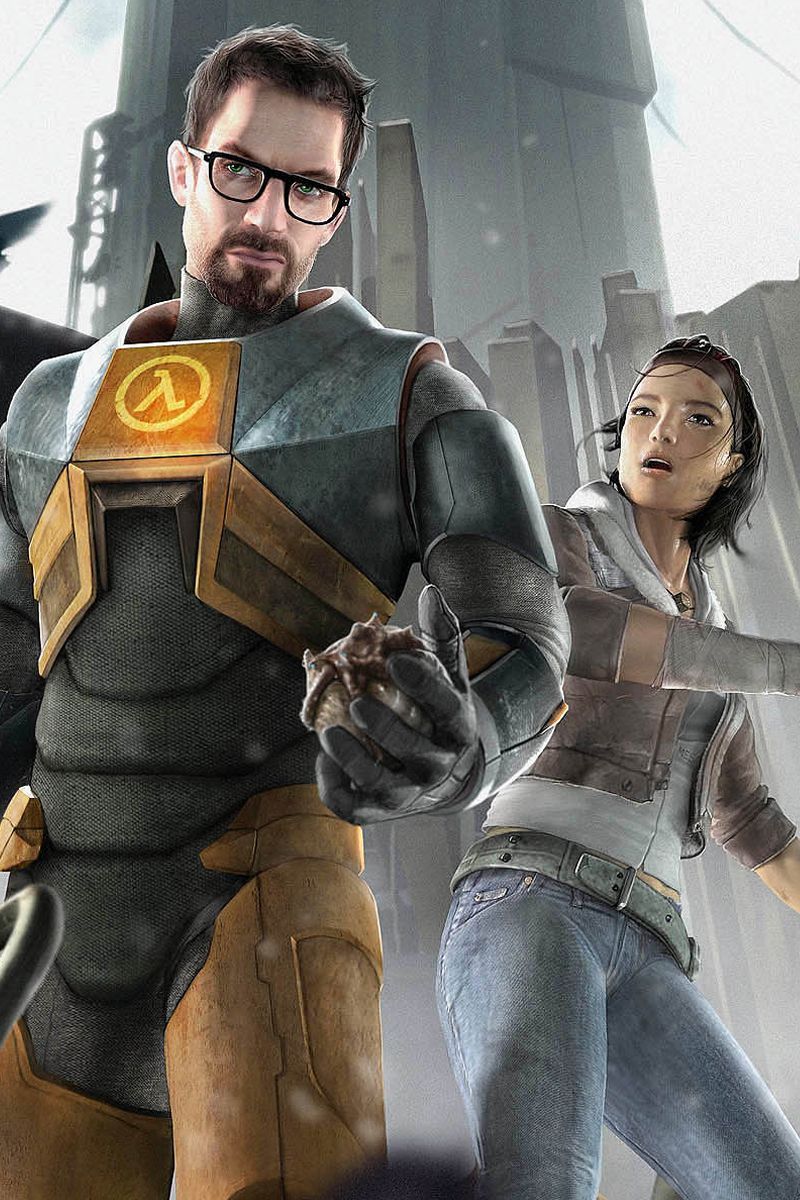
Half-Life 2 is a critically acclaimed FPS from Valve. It continues the story of Gordon Freeman, a theoretical physicist formerly with Black Mesa. This time, he must fight the alien Combine empire.
Source link
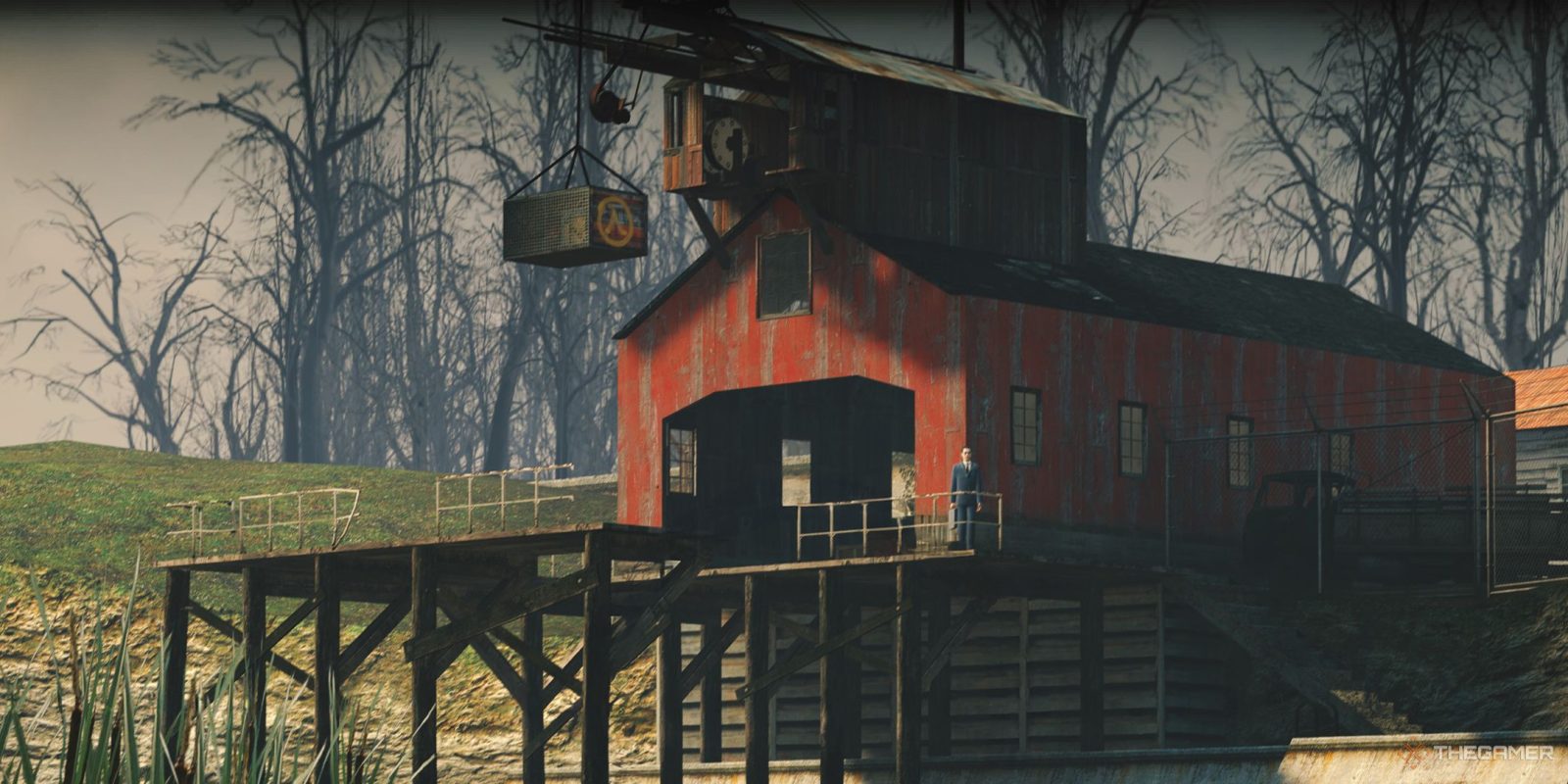

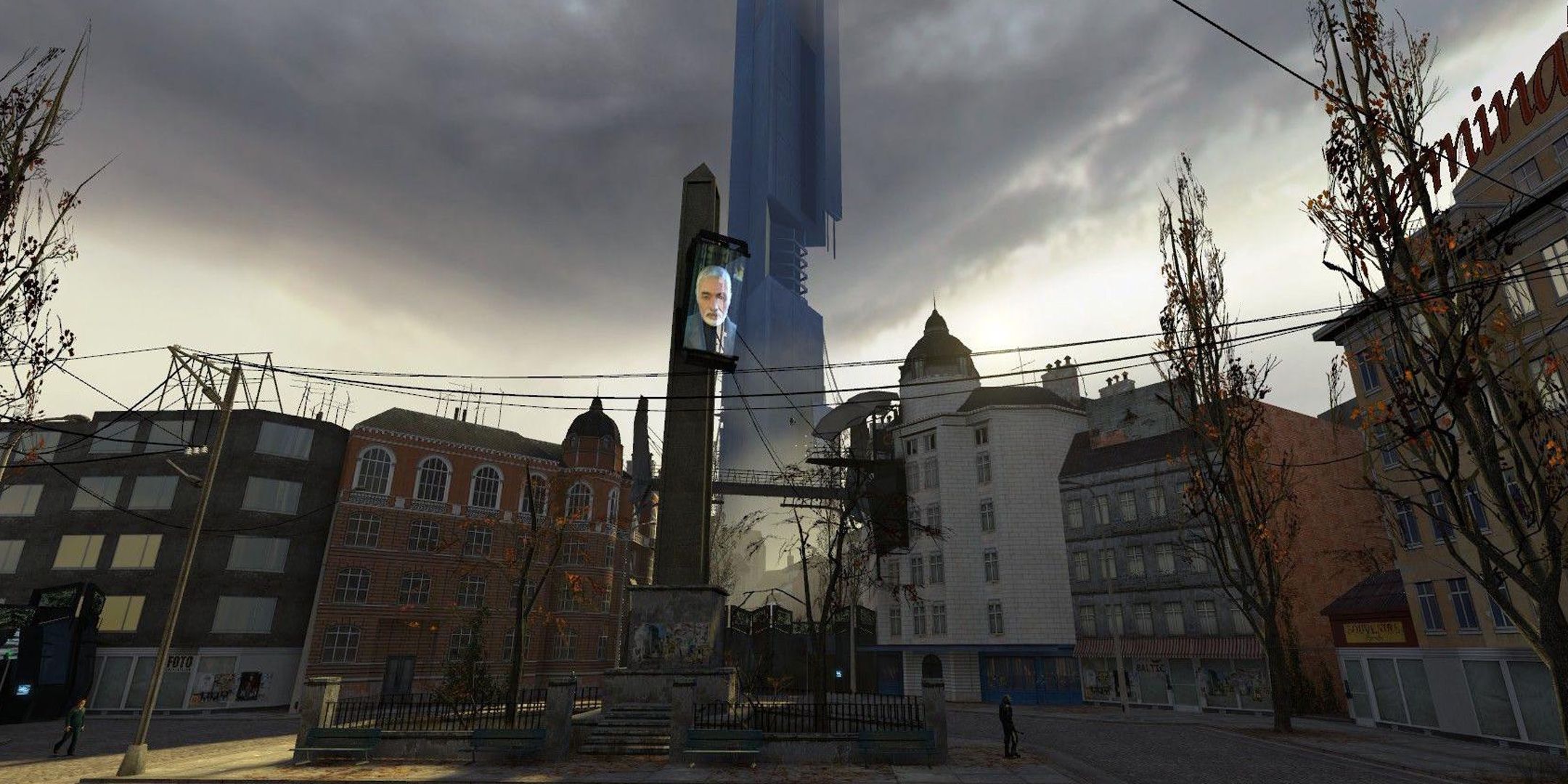
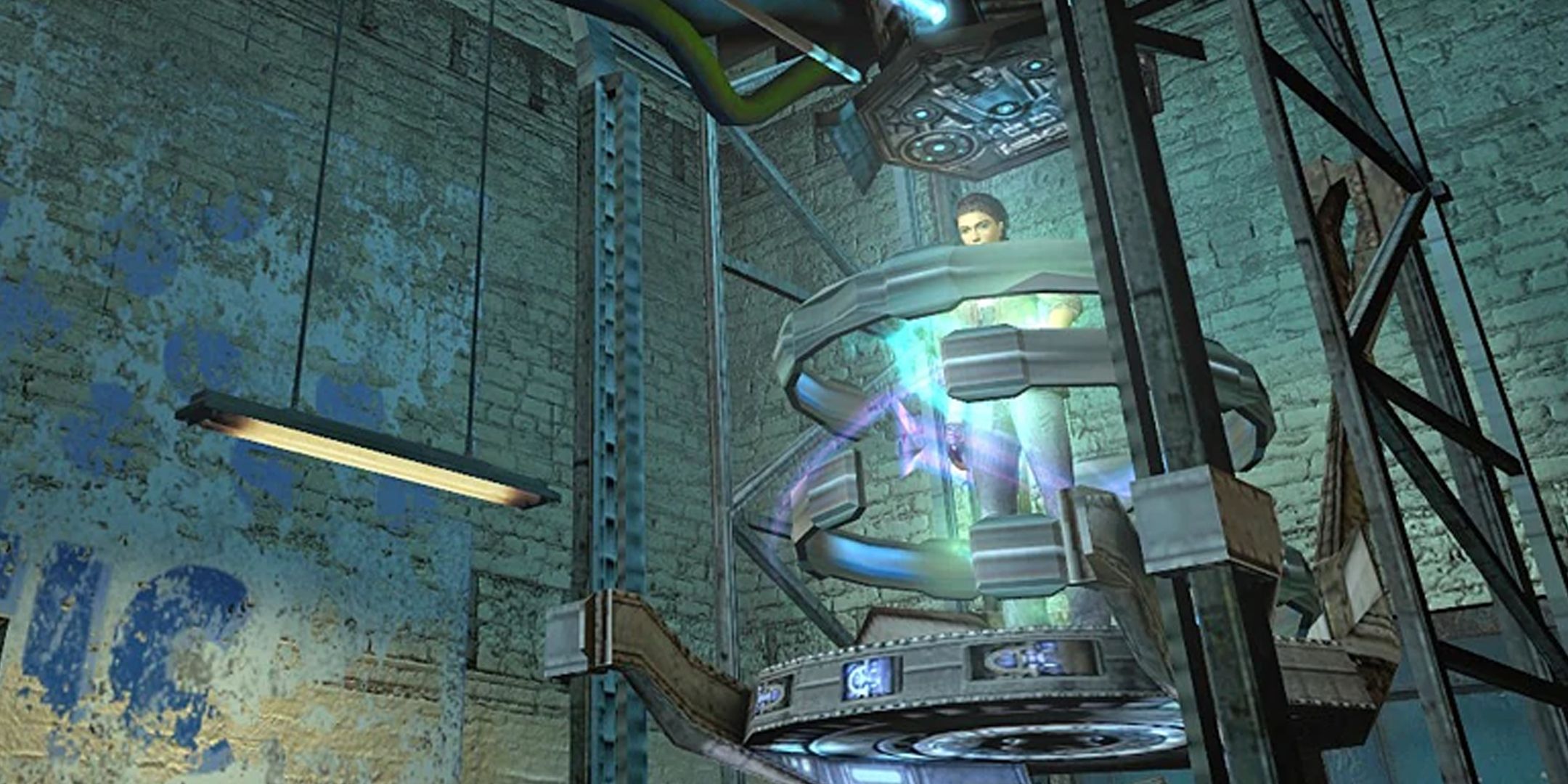
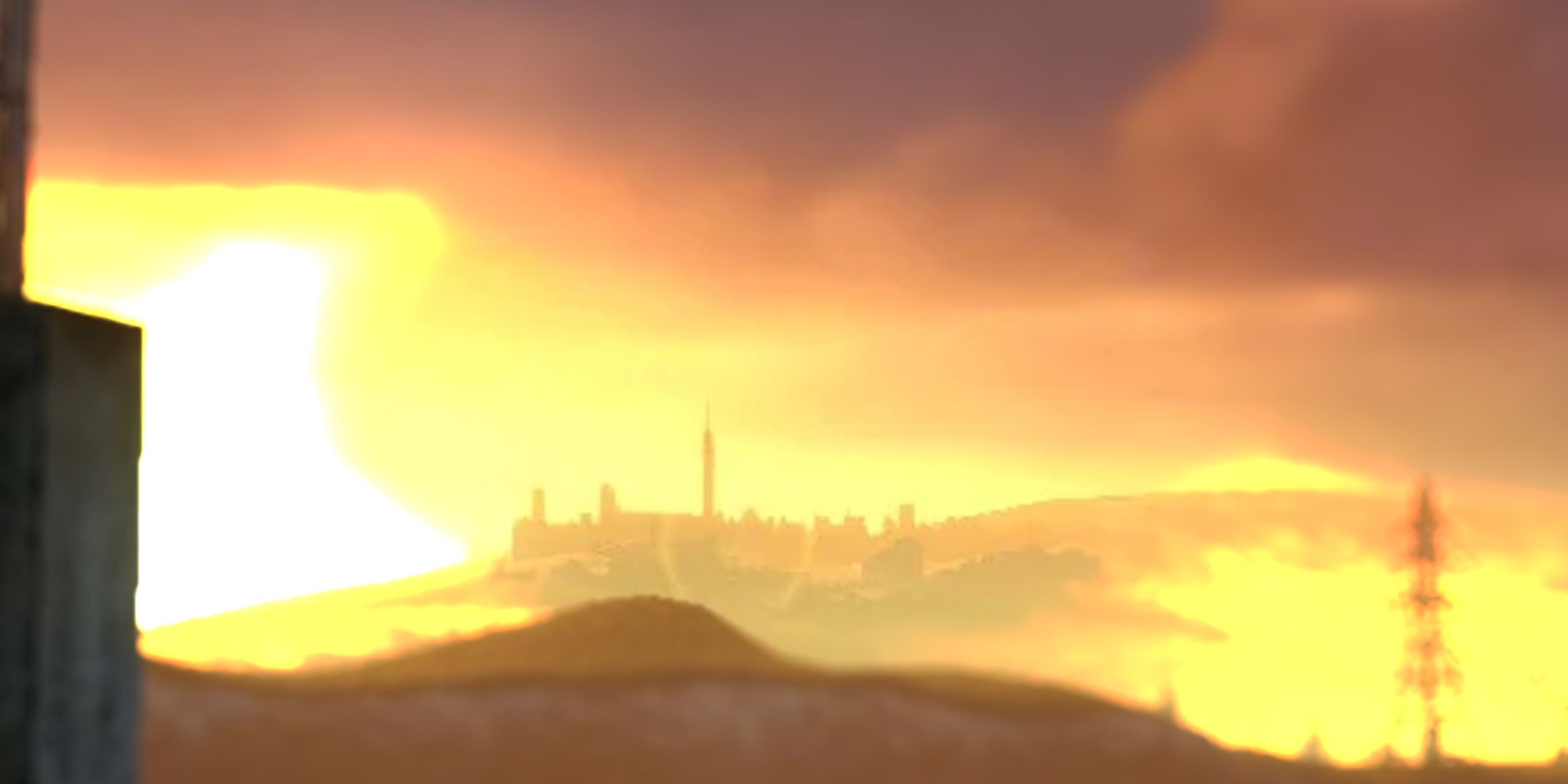




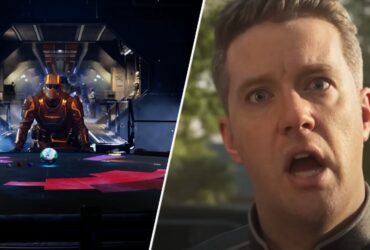




Leave a Reply